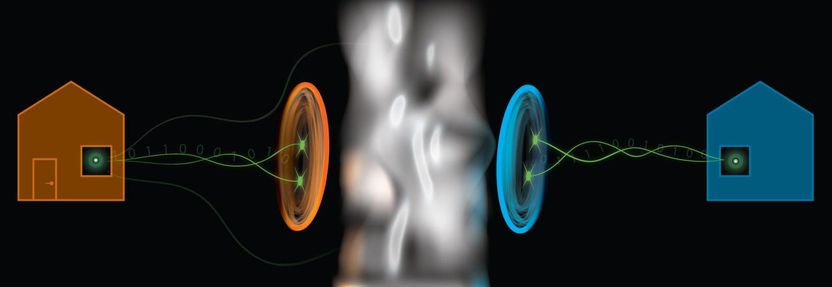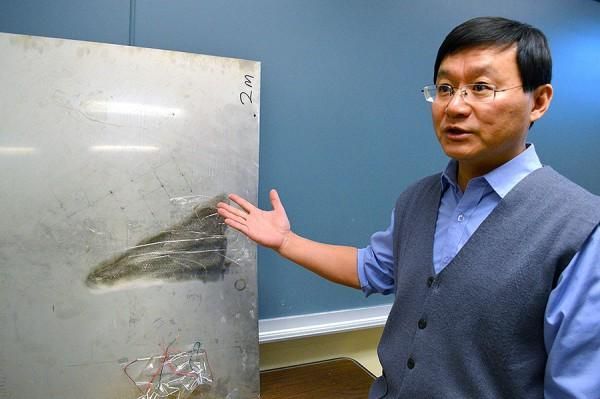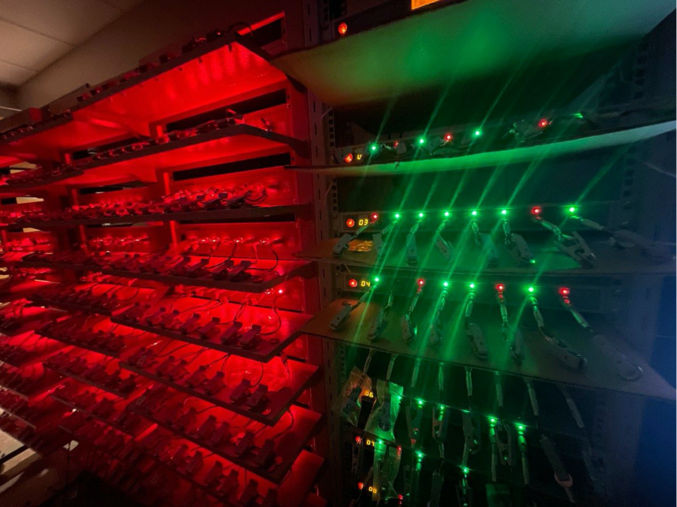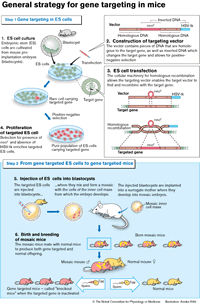MorphoSys Expands Target Discovery Capability in Oridis Biomed Collaboration
Advertisement
MorphoSys AG (Neuer Markt: MOR), the German biotechnology company, announced today that a court in San Diego has granted its motion to dismiss a second attempt by Cambridge Antibody Technology Ltd. (CAT), together with The Medical Research Council, The Scripps Research Institute and Stratagene to bring a suit alleging infringement of their "Winter II" US patent (No. 6,248,516). In late June, the Court dismissed CAT’s earlier-filed suit against MorphoSys on the same patent. Prior to CAT’s second filing, MorphoSys filed a suit in a District Court in Washington, DC seeking a declaration of non-infringement and invalidity of the Winter II patent.
"This collaboration is of significant strategic importance to MorphoSys", commented Dr. Thomas von Rueden, Chief Scientific Officer, MorphoSys AG. "Oridis Biomed’s access to one of the largest collections of human tissues, coupled with their expertise in protein expression analysis is complementary to our high throughput antibody generation capability. We anticipate the collaboration will help lead us to a number of new starting points for our own proprietary HuCAL®-based product-pipeline."
"By combining with MorphoSys’ technology, we now intend to apply the full potential of our tissue banks towards developing new medicines for diseases for which the current treatments are insufficient or for which there are no treatments at all," explains Professor Dr. Kurt Zatloukal, Chairman of the Board at Oridis Biomed.
The tissue collection resides at the Institute of Pathology, University of Graz, Austria. With 1.4 million paraffin-embedded and 18,000 frozen human tissue samples, the collection is one of the largest in the world. Under an agreement with the Institute, Oridis Biomed has exclusive rights to exploit the collection for commercial purposes. The collection contains a large number of annotated healthy and diseased tissues, and is expected to be exploited by Oridis Biomed to map and quantify the occurrence of potential therapeutic targets.
Most read news
Organizations
Other news from the department science

Get the chemical industry in your inbox
By submitting this form you agree that LUMITOS AG will send you the newsletter(s) selected above by email. Your data will not be passed on to third parties. Your data will be stored and processed in accordance with our data protection regulations. LUMITOS may contact you by email for the purpose of advertising or market and opinion surveys. You can revoke your consent at any time without giving reasons to LUMITOS AG, Ernst-Augustin-Str. 2, 12489 Berlin, Germany or by e-mail at revoke@lumitos.com with effect for the future. In addition, each email contains a link to unsubscribe from the corresponding newsletter.
Most read news
More news from our other portals
Last viewed contents
New insights into quantum dynamics and quantum chaos
Creating a color printer that uses a colorless, non-toxic ink inspired by nature
MDL Supports Oracle Information Architecture for Life Sciences
Bond_number
New solvent technologies to replace use of harmful toxic acids - Chemists at the University of Leicester receive grant to develop environmentally sustainable solvent technologies

Quantum 'spooky action at a distance' becoming practical

Scientists 'bend' elastic waves with new metamaterials that could have commercial applications
Writing graphene circuitry with ion 'pens'
Purac and Arkema sign an agreement for joint development of Lactides based block-copolymers
Glycerites
Magnetic_flow_meter































































